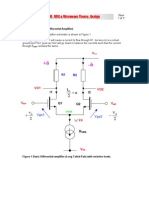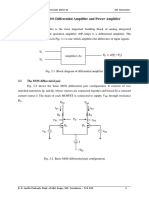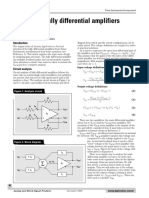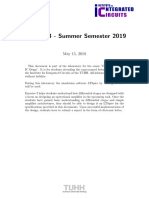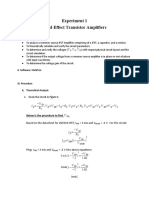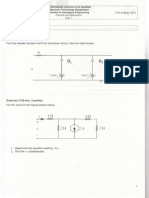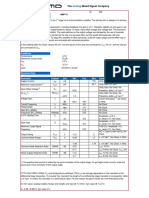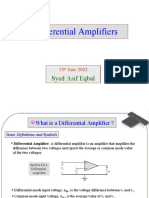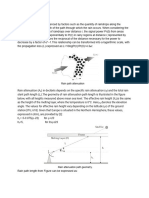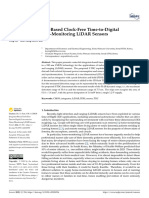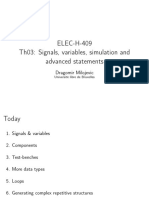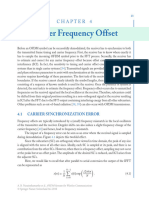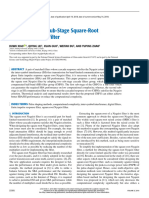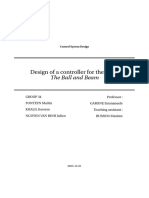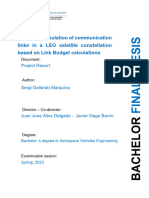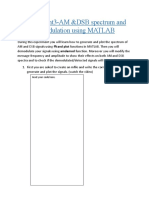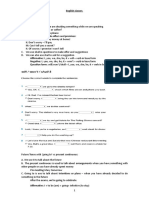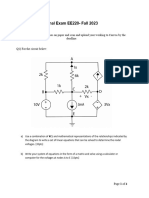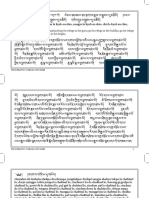0% found this document useful (0 votes)
43 views10 pagesAnalog Circuit Design Exercises
This document contains exercises related to analog electronics circuits. Exercise 1 involves analyzing a differential amplifier circuit, including deriving equations for voltage gain and output voltages. Exercise 2 analyzes an operational transconductance amplifier (OTA) circuit, involving deriving equations for voltage gain and determining design parameters to meet specifications for gain, bandwidth, and input/output voltage ranges. The exercises involve using provided figures and equations to calculate values for various circuit parameters.
Uploaded by
hung kungCopyright
© © All Rights Reserved
We take content rights seriously. If you suspect this is your content, claim it here.
Available Formats
Download as PDF, TXT or read online on Scribd
0% found this document useful (0 votes)
43 views10 pagesAnalog Circuit Design Exercises
This document contains exercises related to analog electronics circuits. Exercise 1 involves analyzing a differential amplifier circuit, including deriving equations for voltage gain and output voltages. Exercise 2 analyzes an operational transconductance amplifier (OTA) circuit, involving deriving equations for voltage gain and determining design parameters to meet specifications for gain, bandwidth, and input/output voltage ranges. The exercises involve using provided figures and equations to calculate values for various circuit parameters.
Uploaded by
hung kungCopyright
© © All Rights Reserved
We take content rights seriously. If you suspect this is your content, claim it here.
Available Formats
Download as PDF, TXT or read online on Scribd
/ 10
